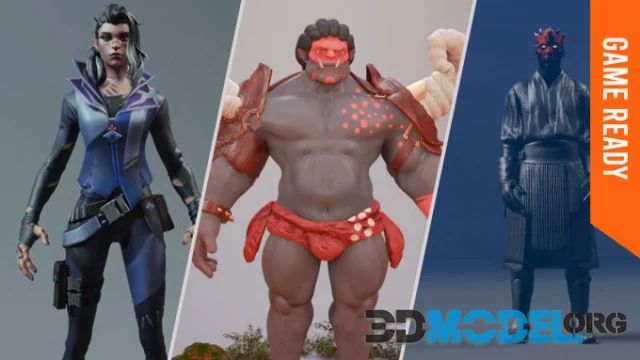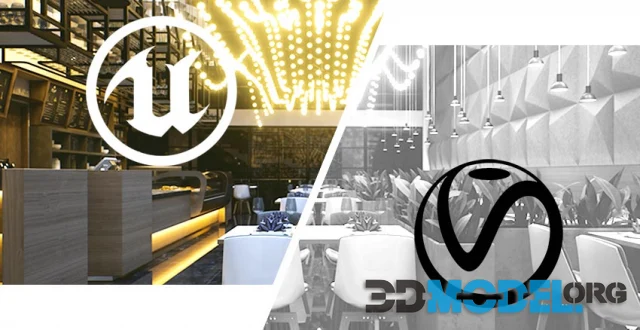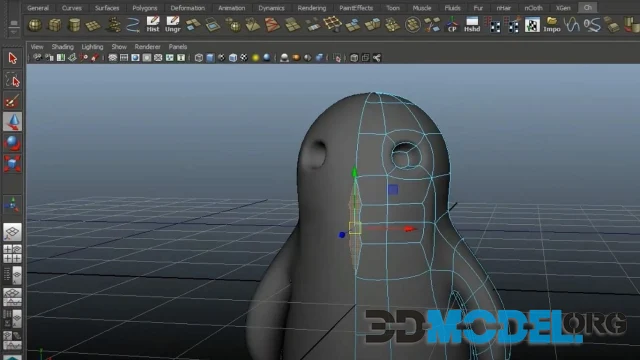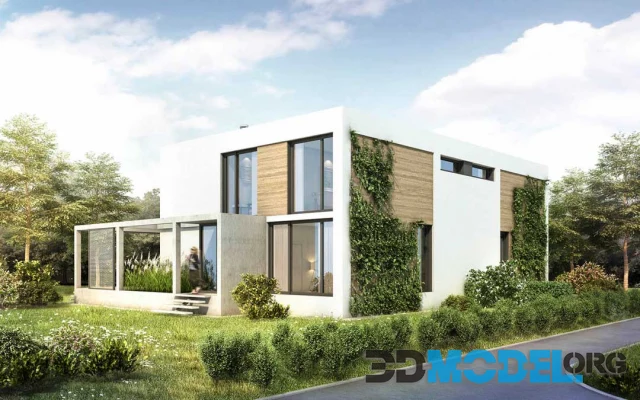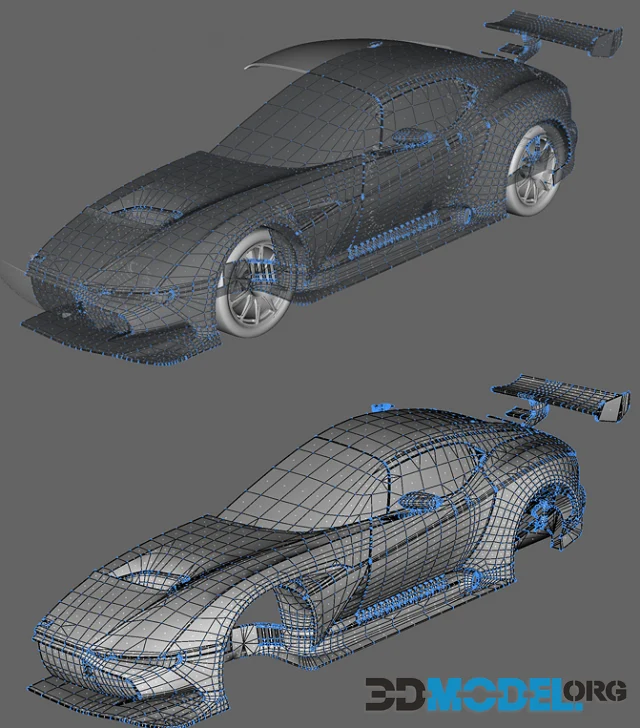Crafting Virtual Reality in Architectural 3D Design: From Concept to Immersive Reality
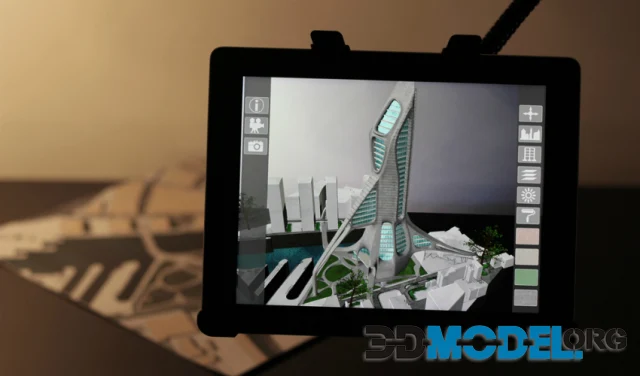
In the rapidly evolving landscape of technology, Virtual Reality (VR) has emerged as a powerful tool, finding extensive applications across various industries. One of its most fascinating applications lies in Architectural 3D Design, where VR can transform the way we perceive and interact with virtual spaces. This article delves into the intricate process of creating virtual reality in architectural 3D design, exploring step-by-step procedures from conception to the realization of ideas within the virtual realm.
1. Defining Project Goals in Virtual Reality:
The inception of a VR project in architectural design starts with a meticulous definition of project goals. Clearly articulated objectives assist in identifying the necessary tools and technologies to bring the envisioned ideas to life. It's crucial to recognize VR's potential not only for visualizing projects but also for enhancing user engagement within the virtual environment.
2. Utilizing Specialized Software:
To embark on the journey of crafting virtual reality in architectural design, leveraging specialized software is imperative. Popular choices include Unity, Unreal Engine, and Blender, offering extensive capabilities to create interactive and compelling virtual spaces.
3. Importing Architectural 3D Models:
A pivotal stage in VR creation involves importing intricate 3D models of architectural elements. This process is facilitated by specialized file formats such as FBX or OBJ. These imported models serve as the foundation for constructing the virtual world.
4. Enhancing Interactivity and Detail:
To ensure maximum authenticity in the virtual space, integrating elements of interactivity and detail is paramount. VR capabilities empower users to freely navigate through objects, alter perspectives, and even interact with various components of the project, fostering a more immersive experience.
5. Integration of Cutting-edge Technologies:
Elevating the realism and engagement levels of the virtual experience entails considering the integration of cutting-edge technologies. This may involve incorporating motion tracking technologies and utilizing VR headsets. Such enhancements contribute to pushing the boundaries of architectural design projects.
Useful Resources for Architects:
Explore our website for a wealth of resources, allowing you to download extensive collections of 3D models for design and game development, free of charge. We offer a diverse array of high-quality resources to aid you in materializing your ideas into the realm of virtual reality. Visit the section here.
Free 3D Models for Architectural Design:
Additionally, our website provides access to free 3D models for architecture, ready-made 3D interior and exterior scenes, Hi-Poly models for interior decor, and much more. These resources are readily available to equip you with everything necessary for constructing the virtual world of your project. Explore the section here.
Conclusion:
The creation of virtual reality in architectural 3D design opens up unique opportunities for architects and designers. With a strategic approach and the incorporation of state-of-the-art technologies, impressive results can be achieved. Evolve alongside technology, breathe life into your ideas in virtual reality, and craft extraordinary architectural projects that push the boundaries of imagination.
Ctrl
Enter
Noticed a misTake
Highlight text and press Ctrl+EnterRelated news:
Comments (0)

